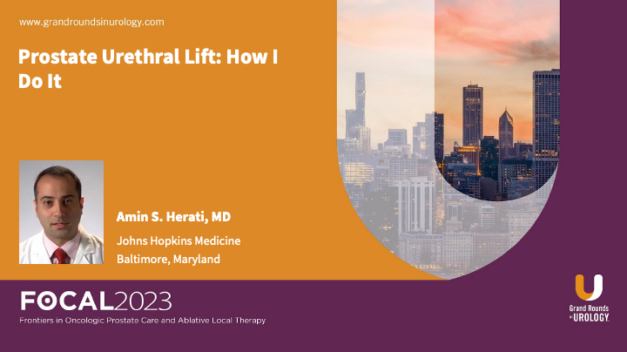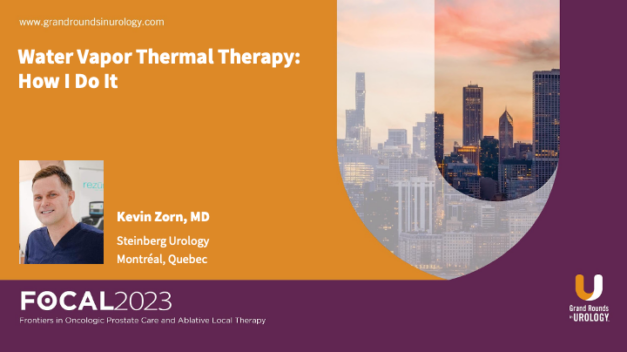Prostate Urethral Lift. How I Do It.
Amin S. Herati, MD provides an overview of the prostate urethral lift (PUL) procedure, detailing its application, benefits, and technical execution for the treatment of benign prostatic hyperplasia (BPH). He emphasizes the minimally invasive nature of PUL and its effectiveness in alleviating urinary symptoms while preserving sexual function.
Dr. Herati explains the indications for PUL, stressing the evaluation of prostate size, anatomy, and symptom severity. Ideal candidates typically have lateral lobe enlargement without significant median lobe obstruction.
The procedural technique is outlined with precision, starting with patient preparation and anesthesia. Herati describes the insertion of the cystoscope through the urethra to visualize the prostate and the subsequent deployment of tiny implants to retract the enlarged prostate tissue away from the urethra. Dr. Herati emphasizes the technical aspects critical to the success of the procedure.
The benefits of PUL are highlighted, including its high safety profile, quick recovery, and preservation of erectile and ejaculatory function. Additionally, he discusses complications, which are generally mild and transient. Challenges and limitations of PUL are also addressed.
Read More




